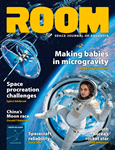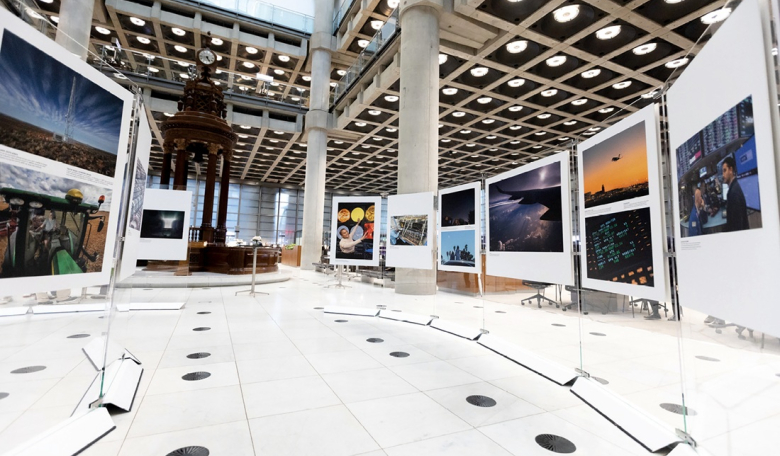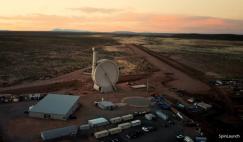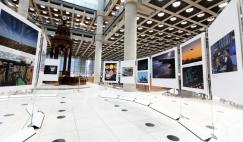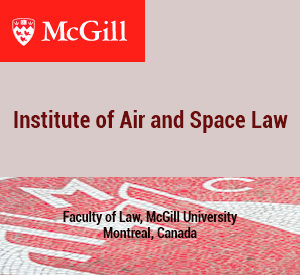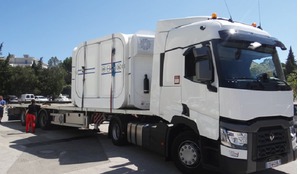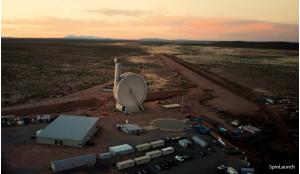A solar storm is a sudden and intense burst of radiation and energetic particles ejected from the Sun. If large enough and directed toward Earth, the resulting ‘space weather’ has the potential to severely damage critical infrastructure, causing significant disruption across multiple industries and everyday activities. The threat is far from hypothetical and Lloyd’s, the world’s leading insurance marketplace, recently published a systemic risk scenario suggesting that the global economy could suffer losses of up to US$2.4 trillion over five years due to a major solar storm. Alongside the report it also hosted a major photographic exhibition to highlight the threat of solar storms.
Lloyds, in collaboration with the Cambridge Centre for Risk Studies, modelled economic losses across three severity levels. The least severe scenario predicts losses of US$1.2 trillion, while an extreme event could see figures soar to US$9.1 trillion, a 1.4 percent reduction in global GDP.
North America is expected to be the most financially impacted region, with potential economic losses of US$755 billion over five years. However, the gap between North America and Europe is narrow, with the latter projected to suffer a US$697 billion hit. Greater China and Asia-Pacific are not far behind, facing losses of US$428 billion and US$375 billion, respectively.
Such an event would wreak havoc on critical infrastructure, including energy grids, satellite networks, navigation, communications, and financial systems. It could also lead to widespread power outages, disrupting global transportation and supply chains.
 Lloyd’s Chair Bruce Carnegie-Brown.
Lloyd’s Chair Bruce Carnegie-Brown.
Precedents and future risks
We are living within the Sun’s volatile outer atmosphere and, whilst its beauty is undeniable, its potential for disruption is equally great
The most infamous recorded solar storm, the Carrington Event of 1859, demonstrated the destructive potential of space weather. Seventeen hours after British astronomer Richard Carrington observed a solar flare, Earth was struck by an enormous geomagnetic storm. The impact was planetary in scale: telegraph wires caught fire, and operators reported electric shocks as their equipment malfunctioned.
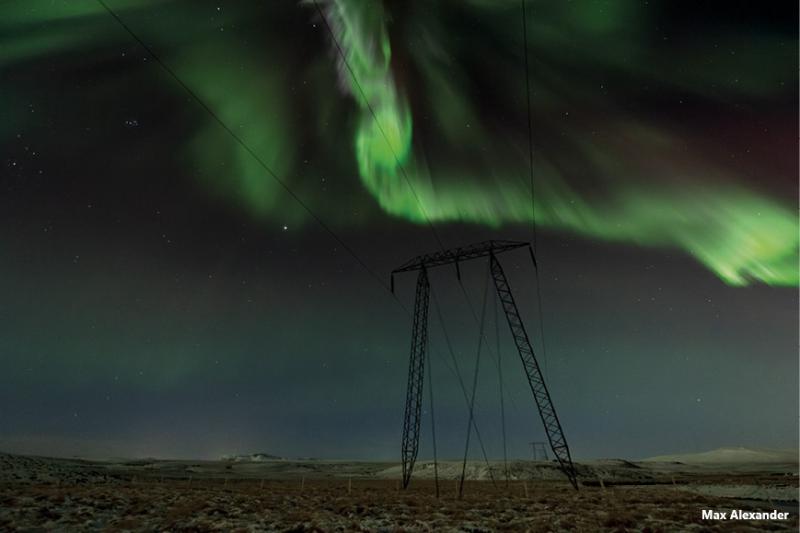 An aurora over a pylon serving Iceland’s national grid.
An aurora over a pylon serving Iceland’s national grid.
Since then, similar, though less severe, incidents have highlighted the ongoing risk. The 1989 Quebec blackout, triggered by a geomagnetic storm, left millions without power. The 2003 Halloween Solar Storms damaged spacecraft, while in 2012, a Carrington-class solar flare narrowly missed Earth. More recently, agricultural equipment failures caused by auroras in 2023 demonstrated that even minor solar activity can have tangible consequences.
Despite our increasing dependence on digital infrastructure, the world remains underprepared for a Carrington-scale event. “Severe space weather could disable electricity grids and cause power outages across whole regions,” warned Lloyd’s Chair Bruce Carnegie-Brown at the unveiling of the exhibition ‘Life in the Sun’s Atmosphere: From Disruption to Resilience’. “It can cause entire satellite constellations to fail, grounding flights, silencing digital communications, and freezing financial networks.”
He added that when addressing the threat of space weather it should be treated like any terrestrial risk. “We can provide cover on property, process and operations, we can also build resilience plans that promote proactive mitigation,” he said. “But to safely price the risk, we’ve got to understand it and that makes information the true currency of this market.”
The flagship exhibition, hosted in Lloyd’s historic Underwriting Room in March, serves as a wake-up call, not just to the space industry but to businesses and infrastructure operators of all kinds. In the exhibition, space photographer and science communicator Max Alexander has created a series of striking visuals to illustrate both the beauty of solar activity and its destructive potential.
Lloyd’s Futureset initiative has worked closely with experts such as the UK Space Agency (UKSA) and the Met Office (the UK’s national meteorological service) to assess risks and improve resilience. As Carnegie-Brown emphasised, “Now is a good time to be considering this issue. This summer marks the peak of the Sun’s 11-year activity cycle, or ‘solar maximum,’ a period when space weather events are more frequent and intense.”
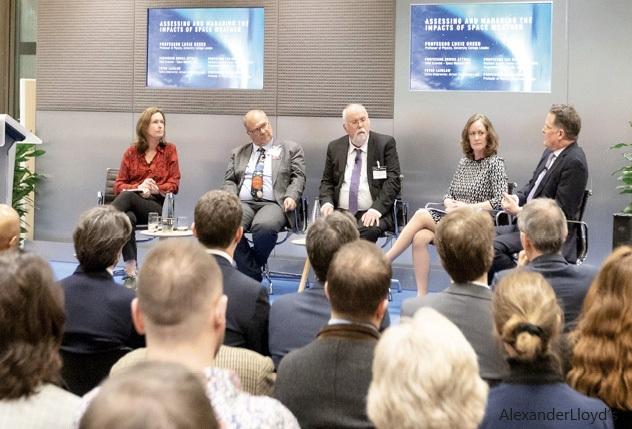 Panel discussion at the launch of Life in the Sun’s Atmosphere exhibition.
Panel discussion at the launch of Life in the Sun’s Atmosphere exhibition.
Government and industry
North America is expected to be the most financially impacted region, with potential economic losses of US$755 billion over five years
Speaking at the event, Parliamentary Secretary for the Cabinet Office Abena Oppong-Asare MP stressed the importance of preparedness. “The UK added space weather to its National Risk Register in 2011,” she said. “It remains one of the highest-ranked national disasters but as our infrastructure becomes increasingly interconnected our vulnerabilities grow.”
The UK is investing heavily in monitoring and mitigation efforts. The Met Office Space Weather Operations Centre provides 24/7 forecasting, while the UKSA is leading the European Space Agency’s Vigil mission, which will launch a solar observatory to provide early warnings of hazardous solar storms.
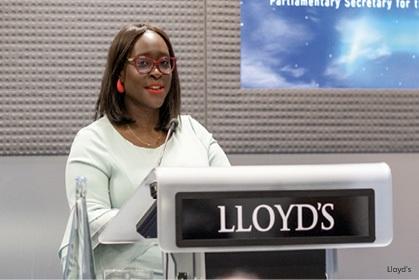 Abena Oppong-Asare MP.
Abena Oppong-Asare MP.
However, challenges remain. “Serious concern requires serious preparation,” Oppong-Asare noted. “Through strategic discussions with the energy, telecoms, defence, transport and space sectors, we are ensuring the reality of the risk is made clear to the industries that matter most.”
Prediction and resilience
At a panel discussion chaired by Prof Lucie Green, leading experts from academia, government and industry delved into space weather impacts and mitigation strategies.
Craig Rodger from the University of Otago in New Zealand highlighted the lessons learned from New Zealand’s national grid. “We developed models to predict the risk of transformer failures due to space weather,” he said. “By reconfiguring our grid, we reduced risk exposure. Similar strategies could be applied elsewhere.”
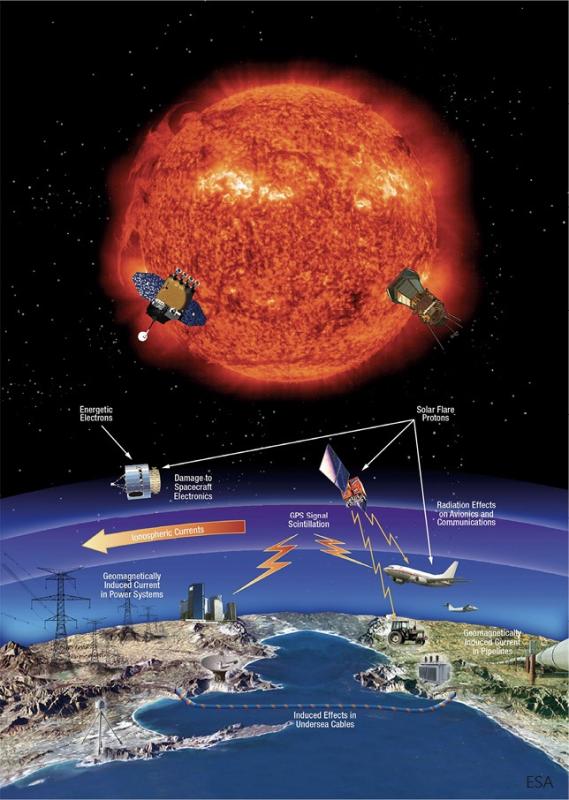 Technological infrastructure affected by space weather events include satellites, aircraft and power grids.
Technological infrastructure affected by space weather events include satellites, aircraft and power grids.
Dr Gemma Attrill of the Defence Science and Technology Laboratory (DSTL) emphasised the challenge of assessing risk. “We’re operating in an environment with limited historical data,” she said. “What we do know is that modern infrastructure is more vulnerable than ever. Quite frankly because we haven’t experienced anything like it in our modern technological age, so we have to consider our modern systems in the context that we are operating in an environment that we don’t have a huge amount of data about.”
As with terrestrial weather, there are different types of space weather and the warning time for each varies from minutes to several days – solar flares travel at the speed of light, so eight minutes; solar energetic particles between 10 to 12 minutes; and coronal mass ejections, like the Carrington Event, typically 17 to 18 hours but can take up to four days.
“Of course, they impact systems in different ways too,” added Dr Attrill, “so it’s quite a complex picture and the key is planning mitigation measures before you are experiencing an event.”
 Geomagnetic storms are rated on a scale of 1 to 5, with G5 being the most extreme. At this level, blackouts or a complete collapse of the power grid are possible, as induced currents caused by the storm race through power lines.
Geomagnetic storms are rated on a scale of 1 to 5, with G5 being the most extreme. At this level, blackouts or a complete collapse of the power grid are possible, as induced currents caused by the storm race through power lines.
Lloyd’s underwriter Peter Laidlaw explained the insurance industry’s role. “The financial losses from space weather are massive, but insurance coverage remains limited,” he admitted. “There’s a knowledge gap. Many businesses don’t even realise how dependent they are on GPS and satellite communications until something goes wrong.”
Despite our increasing dependence on digital infrastructure, the world remains underprepared for a Carrington-scale event
Ian McCrea of the Rutherford Appleton Laboratory added: “We have to ensure our mitigation strategies address not only direct infrastructure failure but also the cascading effects on interconnected systems. The challenge is that space weather doesn’t just impact one sector – it can ripple across multiple industries in unexpected ways.”
He suggested that the worrying scenarios would be when different sectoral risks combine. “Part of building resilience is about containing impacts within specific sectors to the extent that we can,” he added.
Prof Lucie Green reinforced the urgency of international cooperation. “Space weather doesn’t recognise borders,” she said. “The research, industry, and policy communities need to collaborate globally to mitigate these risks effectively.”
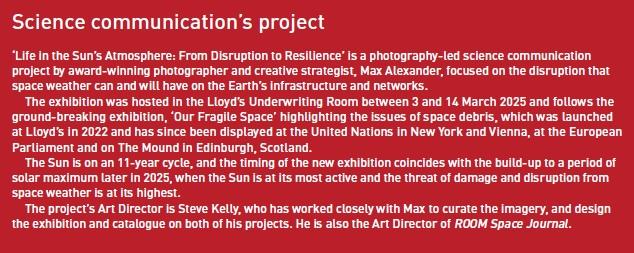
Inadequacy of AI models
Artificial intelligence (AI) is increasingly being explored as a tool for predicting solar activity, but panel members cautioned against placing too much reliance on it. “AI can assist in processing vast datasets, but the Sun is inherently unpredictable,” said Ian McCrea. “We simply don’t have enough historical data to train AI models to accurately predict extreme space weather events.”
Craig Rodger echoed this sentiment, explaining that many AI-driven studies claim to achieve high accuracy, but their models are often incomparable due to differing methodologies. “There is currently no AI model that has demonstrated robust forecasting capabilities for solar storms,” he said. “While AI holds promise, we are still in the research phase. It is not yet an operational tool for real-world forecasting.”
Lucie Green added that while AI is being investigated for identifying patterns in solar activity, it remains a support tool rather than a solution. “Right now, space weather forecasting relies heavily on human expertise,” she noted. “We need more observational data and improvements in physics-based models before AI can make a significant impact.”

Race against time
As the world continues to embrace an interlinked digital future, it is becoming ever more critical that we are vigilant in understanding the risks posed by space weather
The discussion made it clear that preparedness is crucial. Unlike hurricanes or earthquakes, space weather events can have global repercussions. Prediction timeframes vary – solar flares can impact Earth in minutes, while coronal mass ejections (CMEs) may take hours or days.
Current forecasting capabilities provide some warning, but there are gaps. “We get key measurements of CMEs just 30 minutes before they reach Earth,” Attrill explained. “That’s not enough time to mitigate major impacts in real time. We need better forecasting and proactive resilience measures.”
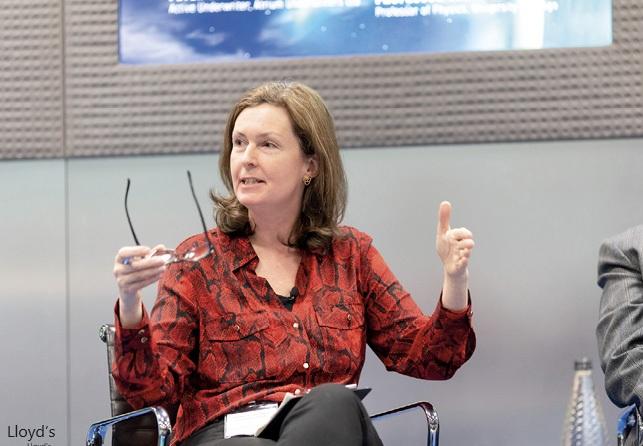 Prof Lucie Green.
Prof Lucie Green.
Moving forward
The Life in the Sun’s Atmosphere exhibition underscores an urgent reality: we are living within the Sun’s volatile outer atmosphere and, whilst its beauty is undeniable, its potential for disruption is equally great.
“This year-long global project shows how the Sun sustains life – but solar storms pose serious risk to our high-tech infrastructure and connected world too,” said Max Alexander. “How vulnerable is the world to a major solar storm? This work documents the threat to energy, communications and navigation infrastructure and shows the progress being made to build greater resilience.”
The exhibition powerfully illustrates, humanity is not separate from space and the challenge ahead is to ensure that our interconnected world is resilient enough to withstand whatever the Sun sends our way.
As the world continues to embrace an interlinked digital future, it is becoming ever more critical that we are vigilant in understanding the risks posed by space weather. The cost of preparedness is far smaller than the cost of inaction, and building resilience is essential for preventing disruption to daily life and protecting the global economy from the forces of the Sun.


